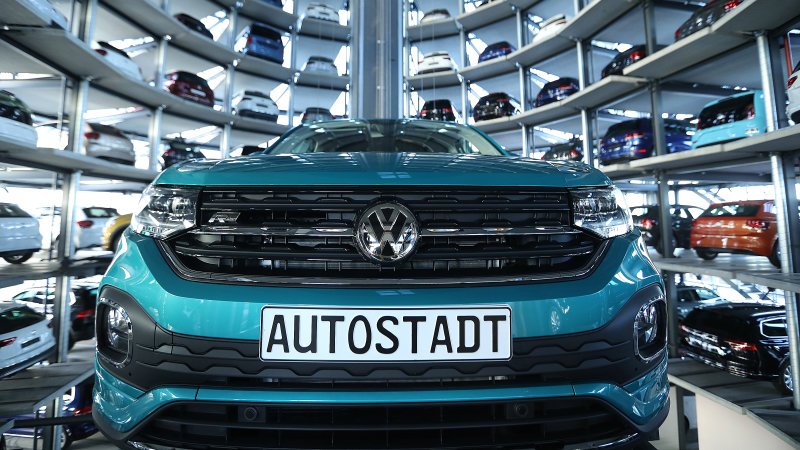General Motors has initiated its transformative belt tightening through the "unallocation" of five factories in the U.S. and the closing of two plants outside of North America by the end of 2019. Meanwhile Ford has yet to announce the details of its $11 billion restricting plan (while denying the Morgan Stanley report that it would be eliminating 25,000 jobs). But Volkswagen has come out with a plan that is rather staggering: it announced today that plans to spend in excess of $12.5 billion through 2023, over $10.25 billion of which will be spent on e-mobility.
As Ralf Brandstätter, the brand's Chief Operating Officer, said when announcing the plan, "We must force the pace of our transformation and become more efficient and agile. We cannot let up in our efforts and must realize further substantial improvements. What we have achieved so far is still not enough."
That's nothing if not aggressive.
Presently VW is producing two EVs. It plans to have approximately 20 in production by 2025. It will have three factories in Germany making EVs after 2022 (Zwickau, Emden and Hanover) and two in China (Anting and Foshan), which are scheduled to start building EVs in 2020.
Given that this is a brand that has been financially battered by paying for the diesel scandal, $12.5 billion is a whole lot of money. So how are they going to get the cash to carry this out? By getting a whole lot more efficient, it seems.
One astonishing goal is to increase plant productivity by an average of 30 percent by 2025. Were VW a notable laggard in its ability to produce vehicles, that would be one thing. But it isn't. So that is all the more challenging. One of the ways it is going to do this is by reducing build complexity, leveraging engineering and tooling costs, and reducing materials costs. For example, for its European customers 25 percent of the engine-transmission variants that had been on offer but had low demand will be eliminated for the next model year. There will be an increase in the number of vehicles that are based on the Modular Transverse Toolkit (MQB), which accounts for about 60 percent of the VW models and will go to 80 percent by 2020.
The MQB approach is being mirrored by its electric-vehicle architecture, MEB, so as the number of EVs increase, they'll achieve some savings there, as well. It is also worth noting that the build complexity for an electric vehicle is much less than for a vehicle with an internal combustion engine, so there is greater efficiency.
Oh, and there's one more thing. Zukunfspakt — "pact for the future" — which the company worked out with its General Works Council in the fall of 2016. Under the pact, "some 23,000 jobs in Germany are to be cut in a socially responsible way at the same time as up to 9,000 new jobs are to be created in future fields." So that's a net loss of 14,000 workers. It is anticipated that the Zukunfspakt (which also includes productivity gains in the factories) will have improve earnings by $4.2 billion starting in 2020.

